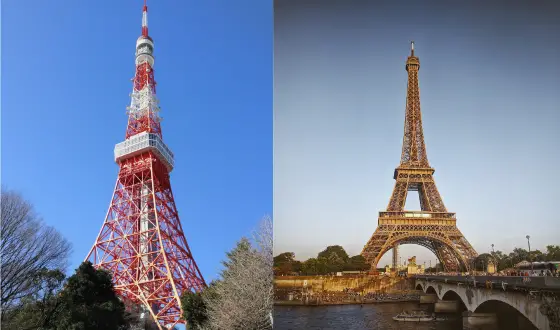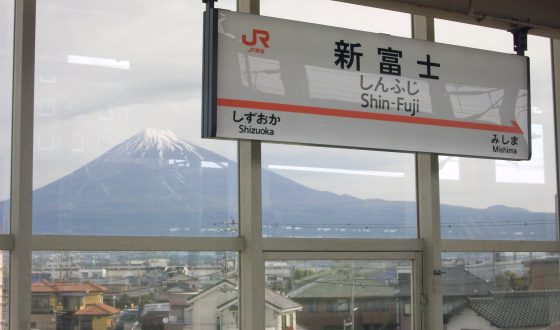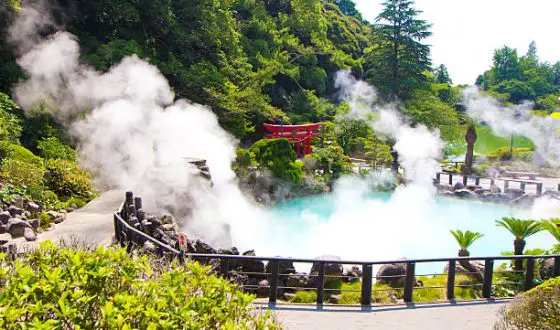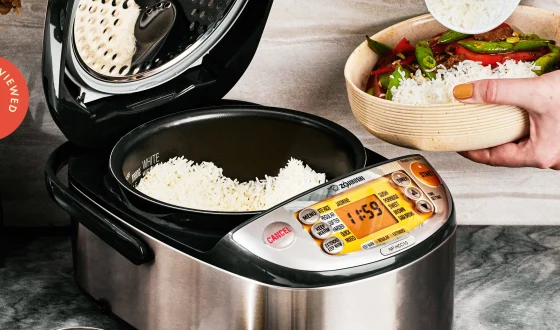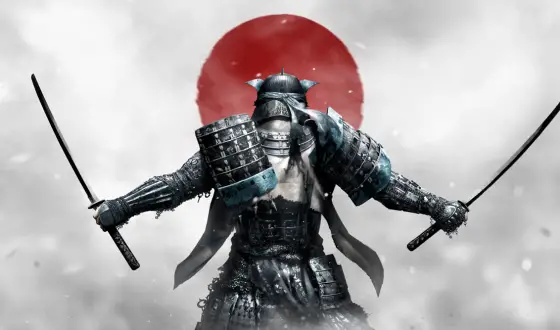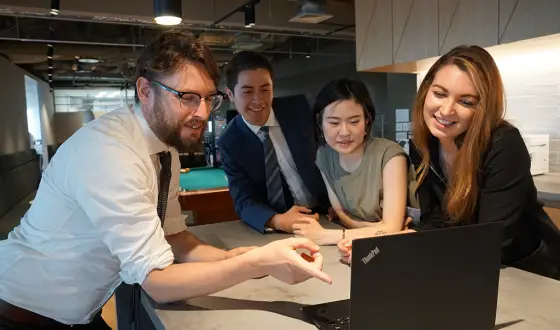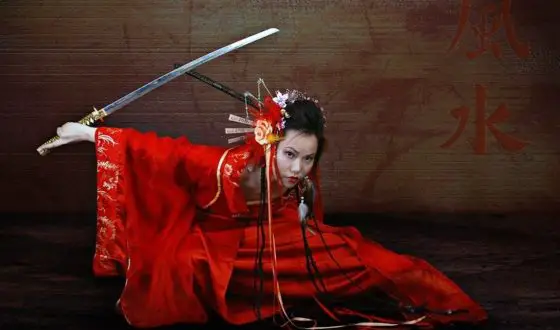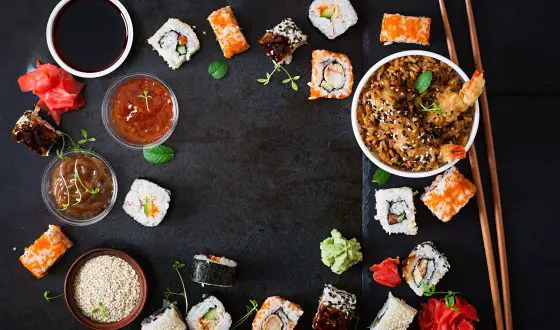Master The Etiquette Of Business Cards In Japan
Since the Meishi Konkan (business cards etiquette) has long been an indispensable custom in any business setting of Japan, it is a must for everyone working or going on a business here to use business cards and learn the manner to exchange cards. This location guide will provide you not only insights into business cards in Japan, but also fundamental business etiquette guidelines.
The history of business cards in Japan
According to Mr. Takashi Nakano, the director of the Japan Business Card Association, there are different theories related to the origin of business cards (Meishi) in Japan. Some believe that the card dates back to Meiji Era, in the late 19th century, when the country opened its gate to the world and the Western business etiquette flooded in.
-
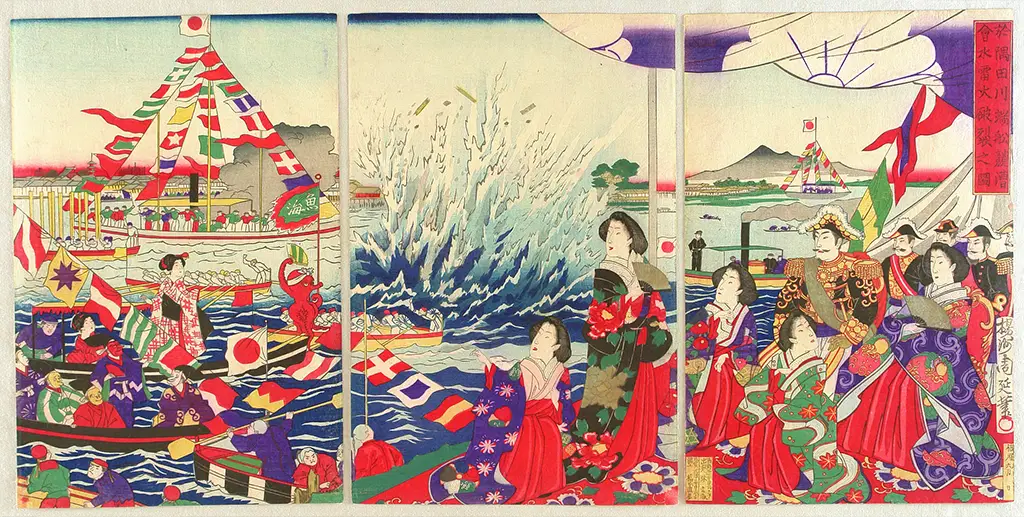
Business cards (meishi) may date back to Meiji Era.
- SEE MORE:
Another common assumption is that the business cards first appeared in Japan a little earlier in 1853. This is the time the Black Ships unexpectedly arrived in Tokyo Bay and Commodore Matthew C. Perry’s delegates brought business cards to identify themselves. It seems that the Japanese liked that idea and decided to copy this card, which later becomes meishi.
Why do the Japanese still use business cards?
Japanese may learn about the concept of business cards from the Western, but we have developed that into the one and only meishi. And while many parts of the world have gradually ghosted on business cards, meishi still plays a crucial role in Japan. Printomo printing company reveals that almost all businessmen and women in Japan (70 million) buy at least a set of business cards three times a year. I suppose that meishi is beyond a way of identification in Japanese society.

Everyone in Japan carries meishi, from bank managers, teachers to taxi drivers.
- The starting point of a relationship: It is obvious because we exchange business cards in our first meeting. So in Asian countries, it marks that from now on, you are no longer strangers.
- Social status: Besides, it somehow symbolizes your social status. Unless you have a business card, this can be indicated that you are of no importance; in other words, you don’t exist. To the extreme, no business can be made without the meishi exchange.
- Ice breaker: Meishi is a formal and socially approved way to approach somebody and start a conversation. You don’t need to feel awkward since it is a common rule that everyone applies. Using the business card, you can also start a conversation by asking about the name if you can recognize the Chinese letters.
- Your meishi represents you: Above all, the business cards provide the receiver an impression of the other person.
The influence of technology on meishi has mainly been supplementary. Instead, meishi requires face-to-face communication which creates a stronger bond between two parties. Even though QR codes can help us get information about somebody in a wink, it forms a little impression, mental associations, and insights into a person’s personality.
What do business cards in Japan usually look like?
Business cards in Japan (meishi) normally comprise of the corporate name at the top (largest print), a job title along with the name of the card owner. Write in Japanese on one side of the card and Latin on the other. Furthermore, a meishi should contain the contact information, for instance, business address, phone or fax number. You may include a QR code to give contact details in a machine-readable form, however, it has not really been common in Japan yet.
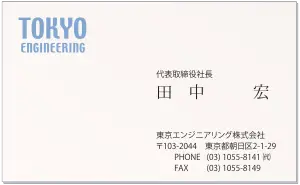
Corporate name, job title, name, and the contact details are basic information in meishi.
A standard meishi is 55 x 91 mm in size. Any other design feature can be changeable to give the unique recollection of the person. It may be the texture, unusual shapes, or folding design. Don’t worry, the Japanese support innovation and creativity in your meishi.
Japanese executive or official usually has two meishi: one in Japanese and intended for fellow Japanese, using the Japanese ordering of names (family name first), and another intended for foreigners, with the name in Western order (family name last).
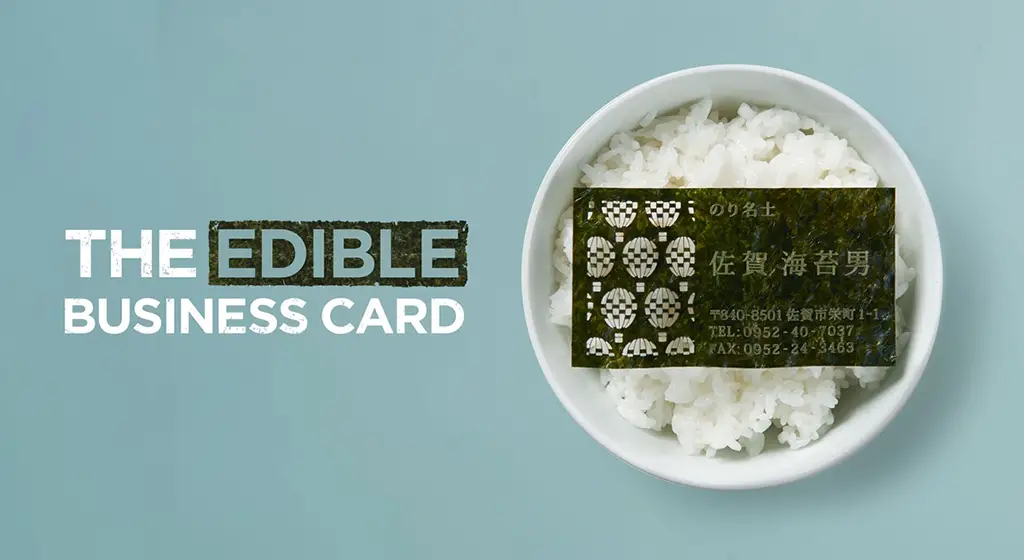
A meishi can be designed into anything … including edible nori seaweed.
Key Points in Meishi Etiquette
There are a lot of stages and notes involved in Meishi etiquette but getting a grasp of the main points will help you avoid unacceptable mistakes and awkward situations.

Meishi etiquette involves some basic rules.
The procedure of exchanging business cards in Japan
Step 1: Preparation
Provided that you already have your meishi, you should buy a case or holder (pulling out cards directly from the pocket or wallet is quite impolite). Then, keep the holder in an accessible place like a bag or purse where you can remove and present them in an instant. Struggling to pull out a card from the holder and making people wait is not such a good impression. But not having any card is much worse, so don’t forget your meishi when going out.
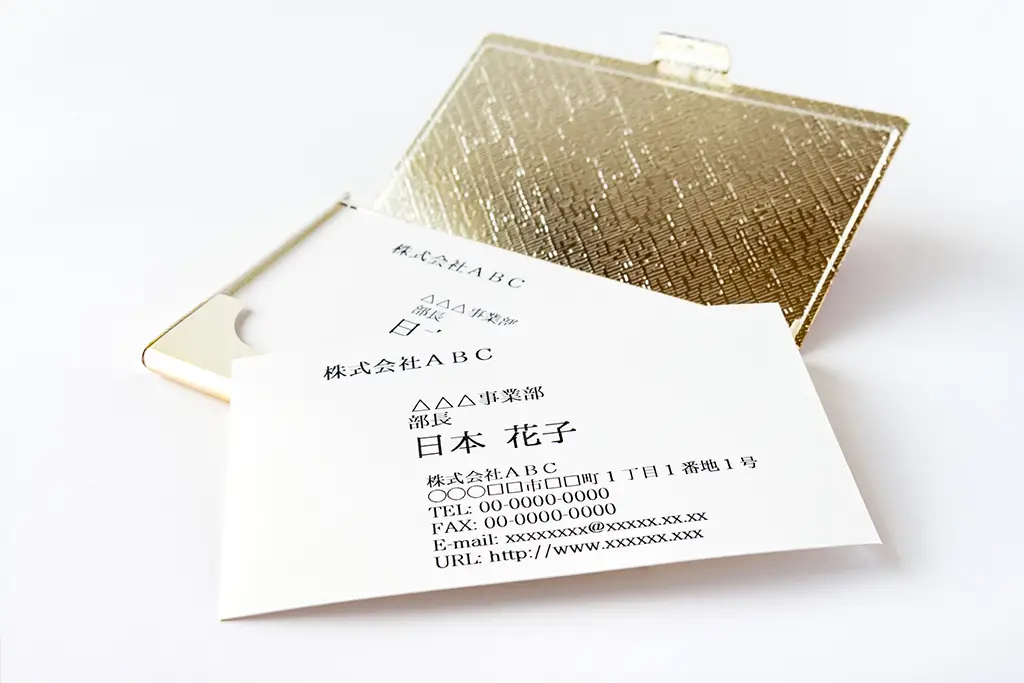
Meishi is kept in a card case or holder.
You should also estimate the number of cards you need to bring before any meeting so that you have enough to exchange. Even if you do run out of cards, be straightforward and apologize for your mistake.
Step 2: Giving your Meishi
Present your card on top of your business card holder
Keep the card above the stomach and a little below the breast level and present your card with both hands. Be mindful that your fingers don’t cover any name or logo. Meanwhile, don’t look at the hand or the card, try to give a natural smile to the person.
You should have the direction of the cards to face the recipients so that the text can be easily read. If your card is bilingual, make sure the receiver’s language faces up. This can be hard to know in advance, but you can match the language of the card that the other person exchange with you.
Offer Your Card with a Bow and a brief self-introduction
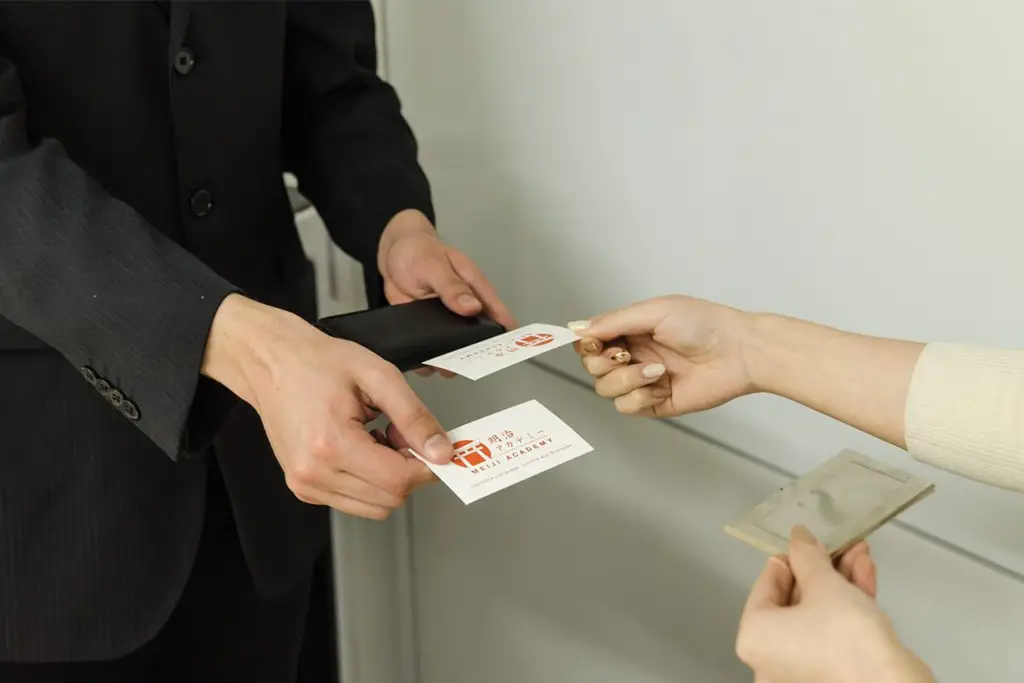
When giving the card, you should bow and introduce yourself.
You can give your card with both hands or by the only right hand. In the latter case, the left hand will hold the cardholder. Remember to introduce your corporate name along with your name and bow gently before exchanging cards. Please note that you are expected to say the full name which is more polite. Below is the traditional phrase:
はじめまして。[トヨタ] の「田中」と申します
Hajimemashite. [Toyota] no [Tanaka] to moshimasu.
Hello. My name is Tanaka, from Toyota Corporation.
So basically, once a person finishes offering his or her card, the other party follows the same procedure.
Step 3: Receive others Meishi

Saying nothing when receiving cards is considered rude.
Take the meishi with both hands or one hand if your other hand is busy with your own card, maintain it around the height of the chest, and thank you for the card. Say nothing is rude. Then, read the card. The purpose of this is to ensure you understand the information on the card, especially the presenter’s name. It is alright to ask if you can’t pronounce the name. Furthermore, you can confirm their name as a standard practice in meishi:
頂戴いたします。
田中さんですね。
よろしくお願いします。
Choudai itashimasu.
Tanaka-san desu ne.
Yoroshiku onegaishimasu.
Thank you for your card.
Your name is Mr. Tanaka, I see.
It’s nice to meet you.
Step 4: Put exchanged Meishi on table
In a 1-1 business card exchange, you place your card on the holder or the case, not directly on the table. If the exchange involved more people, you can arrange cards on the table in the order of seating, left to right (as seen from your point of view). This arrangement aims to help you memorize the names and the job titles so that you can refer and speak to people accordingly.
Please note that never should you put the card away immediately, you need some time reading to show respect. And it is more common to keep the card displayed throughout the meeting (or until an appropriate time). Unless you have no space around to place the cards, just bow to the other people and put the card on the holder with care.
Crucial Do’s & Don’ts
DO
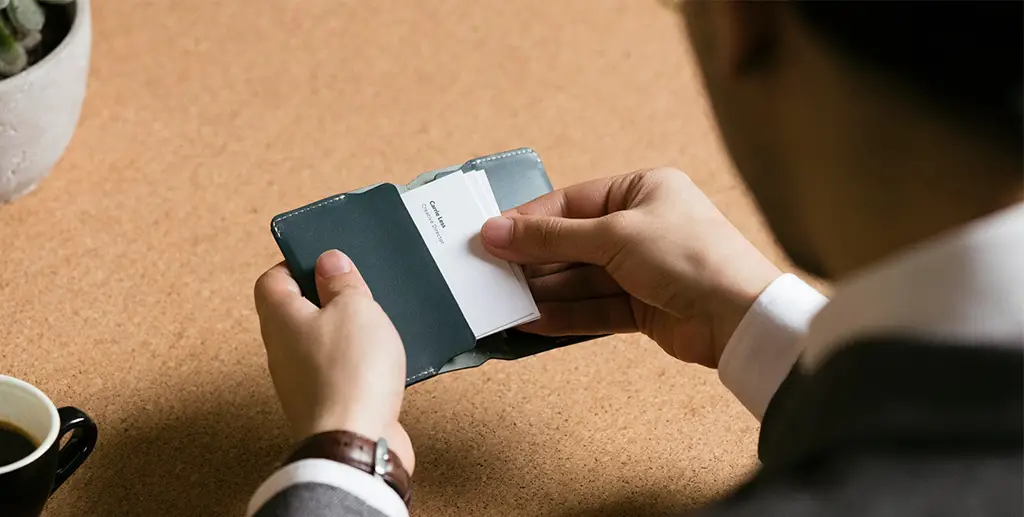
The card case itself should be well treated.
- DO print dual-sided Japanese and English business cards if you work with multi-national partners. Your attempt to create a card in their native language earn you their trust.
- DO check your business cards before offering them to people, make sure it is spotless, no dog-eared corners or any dirty stain.
- DO stand up to exchange business cards in Japan.
- DO treat your business cards holder well, a worn-out leather card case will expose your thoughtlessness.
- DO spend a moment to read each person’s business card after the exchange, even though there may be a lot of people.
- DO hold your business card below that of senior staff or a manager.
- DO stand when giving and receiving business cards. If you are sitting, you had better stand up right away when you see the other parties to greet them.
Don’ts
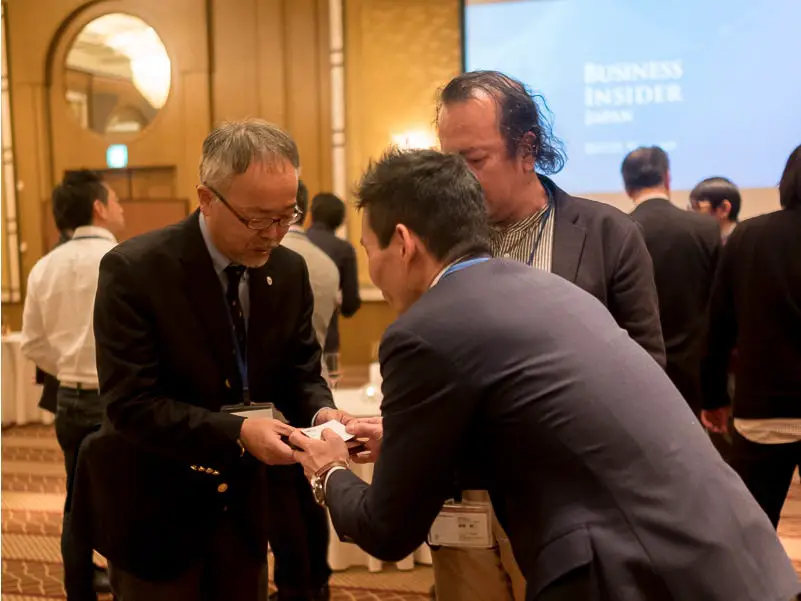
you should bring an adequate number of cards in advance of any business meeting.
- DON’T run out of business cards: you should bring an adequate number of cards in advance whenever you leave the house for business purposes. But remember you can always print a copy of business cards at a self-service store like Kinkos in just a few hours.
- Greasy or deformed business card: Exchange a Passing a run-down, crooked, or dirty business card is totally intolerable. Remember they are your presentation.
- DON’T handle received business cards carefully and respectfully: Treat the other people’s business cards badly like staining it or taking note of it, especially in front of them is the rudest thing you can do.
- DON’T dispense (or throw) your business cards in Japan in the same way as distributing poker cards.
- DON’T place a pile of your cards on the table and tell everyone to take cards in turn.
- Avoid types that are too brash or poor.
- Don’t place exchanged business cards into your wallet or pocket. As mentioned above, it is proper to use a cardholder while putting cards into the wallet show that the card is of no matter to you. This is extremely disrespectful.
- Don’t address a person by their first name in an exchange Note that Japanese people call each other by their surname (family name) and not their first name. To call a man, add “San” (Mr.) at the end.
Add FAQs:
+ How do Japanese get business cards?
Japanese get business cards with two hands and hold the card at the appropriate height (above belly but underneath chest). You should say thank you afterward, and take some time reading the card.
+ What is a business card called in Japan?
It is called Meishi. Mei is borrowed from Chinese characters of meaning “name” and shi means “paper” or “card”. That’s why business cards in Japan are meishi, “name card” in translation.
+ What is the significance of business cards in Japan?
Rumour has it that no country in the world uses more business cards than Japan. Here we greet people first met by exchanging business cards under any business circumstance. Business cards in Japan represent the face of their owners and they made an ultimate first impression on other people. If you fail to follow Meishi strict and detailed rules, you may get into embarrassing moments that can do harm to your business opportunities. So there is no “second chance” when it comes to meishi. To sum up, business card etiquette play a crucial role in our society and have a great impact on businessmen and women.
+ Do Japanese shake hands Business?
In the formal situation, the Japanese bow properly or nod the head to greet each other. These manners are common practices and normally sufficient. Meanwhile, shaking hands is not widely used except for business meetings with foreigners.


